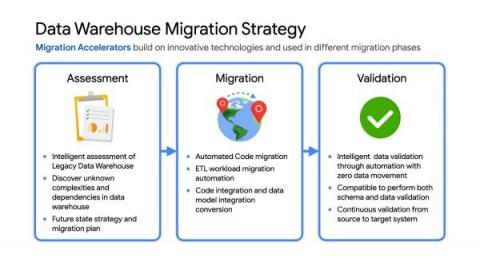The Ultimate Guide to Data Warehouse Design
Data warehouses help you run logical queries, build accurate forecasting models, and identify impactful trends throughout your organization. But, what goes into designing a data warehouse? Whether you choose to utilize a pre-built vendor solution or you're starting from scratch — you'll need some level of warehouse design to successfully adopt a new data warehouse.



